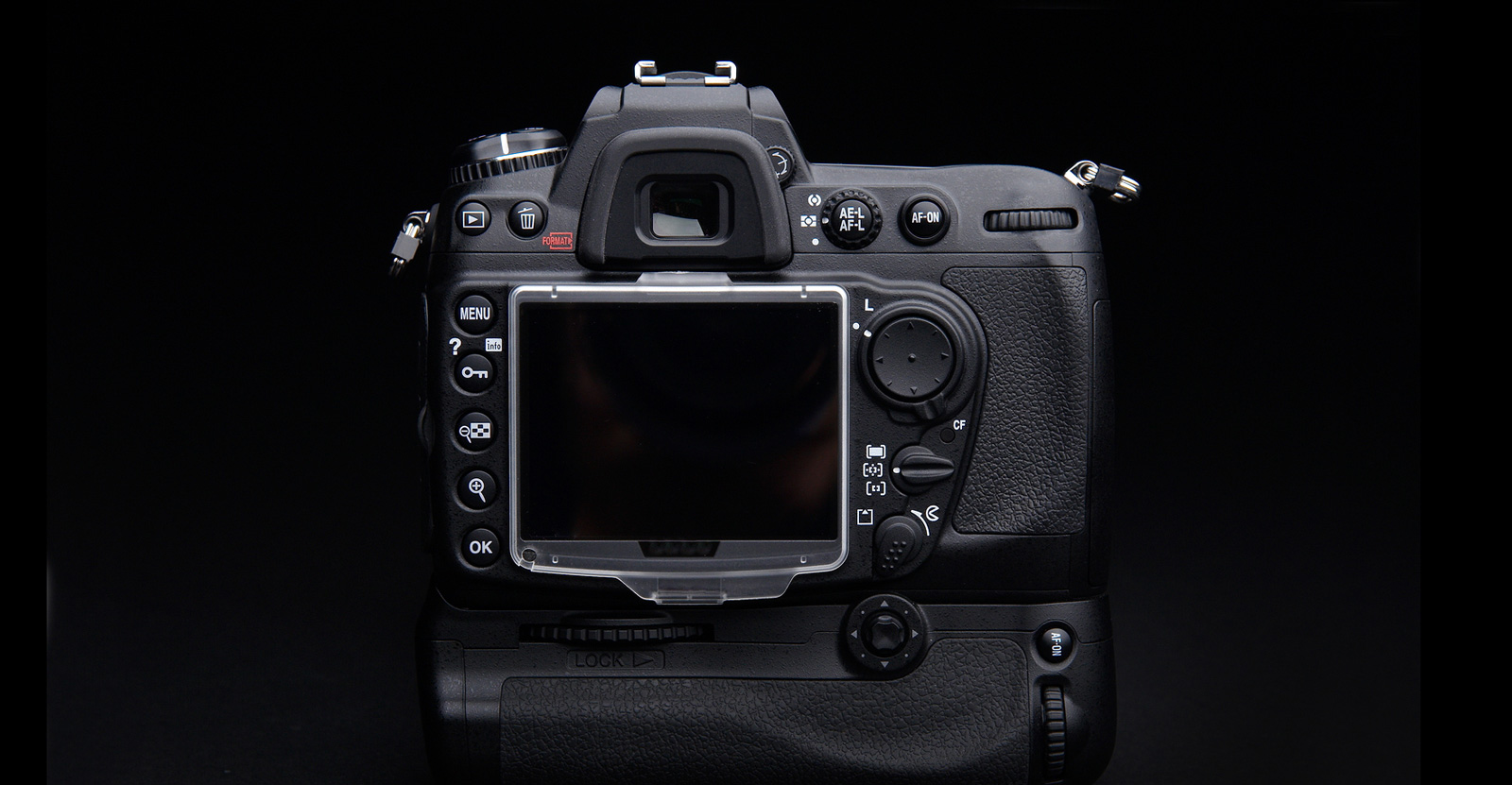Photographer Dzvonko Petrovski shares his thoughts on going back to basics in this article over at Light Stalking.
When you think about it, it’s actually not that bad to use auto white balance sometimes. And after reading this article I may even pick up that point-and-shoot again, too. Who knows what kind of pieces of art I might capture without all the extra hassle.
Cameras and camera gear are becoming increasingly more complex in this digital era of photography. The more complex the equipment is, the more attention is needed to operate it. But photography in itself is entirely about attention. So no matter how useful all of your camera’s fancy options are, if they steal your attention away from your surroundings and composition, then they may be doing you more harm than good.
What should you actually do? Simply this: Get back to basics.
Don’t waste time and energy experimenting too much with all the fancy settings that the camera has, but rather stick with the settings that you feel most comfortable with. Here is how I go back to basics with my gear.
White Balance
In order to minimize the amount of settings I have to worry about (and since I am using RAW as an output file format) I simply set the white balance to auto. I can fix it in post-process, and the camera usually does a good job in setting the white balance. That way, white balance isn’t present to distract me, becoming one less thing to worry about.
Focus
Most of the time, you know what you are going to shoot, so just preset your focus-mode and leave it there. Since the focus system on my camera has only one point (the center point) where it is the most accurate, I use only that one, and I really don’t need any more points than that. I’ve gotten used to prefocusing, and then framing the shot, so that’s another thing I don’t need to worry about. Back in the day, white balance wasn’t around to be messed with, but focusing was done manually. Today, we are spared the task of manual focusing.
Read his full article over at Light Stalking.
Source: Light Stalking

